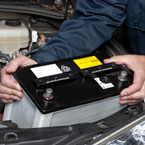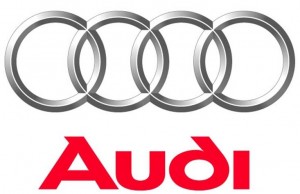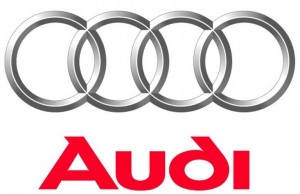 However reluctantly, you’ve probably started replacing the regular incandescent light bulbs around your house with new compact fluorescents. You know they’re more efficient, but you’ve probably also noticed the light they give off is a little less warm. A similar change is underway in automobile lighting, albeit for different reasons. Our team at DCH Audi Oxnard has the details.
However reluctantly, you’ve probably started replacing the regular incandescent light bulbs around your house with new compact fluorescents. You know they’re more efficient, but you’ve probably also noticed the light they give off is a little less warm. A similar change is underway in automobile lighting, albeit for different reasons. Our team at DCH Audi Oxnard has the details.
The new thing in auto lighting is HID headlights, sometimes referred to as Xenon HIDs or just Xenons. (“Xenon” is pronounced “ˈzē-ˌnän” and is the name of an inert gas. And while we’re being picky, let’s note that engineers would prefer you to call headlights “headlamps”. The lamp is the assembly, light is what comes out.)
HID stands for High-Intensity Discharge, and HID headlamps work much the same way as those curly fluorescent bulbs. Instead of electricity heating a thin wire filament, it’s passed through a gas – xenon – that glows brightly, giving off an intense bluish-white light. Compared to traditional headlamps, this offers several benefits.
Benefits of HID headlamps
Quite simply, because they shine brighter, HID headlamps help you to see better in the dark. But it doesn’t end there. Many drivers report that the bluer light makes it easier to pick out details in the road ahead. They also tend to throw more light to the sides, helping you see the curb, and cut-off sharply rather than fading out.
Another advantage, admittedly of more interest to the people designing cars, is that they use less energy. Since that energy is generated by the engine in your car, this leads to an overall improvement in your vehicle’s efficiency.
Buying HID headlamps
The best way to get these brighter headlamps is to buy a new car and pick the upgrade package that includes HID’s. If you do, you might notice that some are described as “Bi-Xenon”. That means both high and low beams are xenon.
However, trading in a perfectly good vehicle just to get HID headlamps might seem extreme, in which case the answer is to have them installed on your current vehicle. This process can be difficult, so you’ll want to speak with a trained technician like those at our service department.
HID headlamps are the new thing in auto lighting. They shine brighter and enable the driver see well. Be sure to look for them on your next car.





 Silent speed never looked so appealing
Silent speed never looked so appealing Audi unveils A3 Sportback g-tron e-gas vehicle at Geneva Motor Show
Audi unveils A3 Sportback g-tron e-gas vehicle at Geneva Motor Show